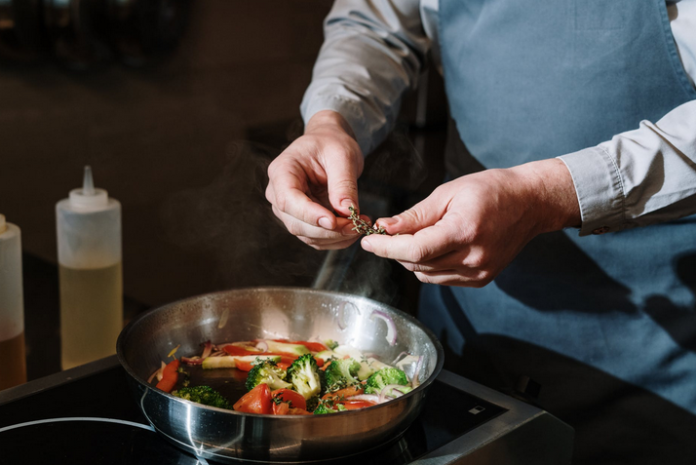Frying pans are an essential tool in any kitchen. From searing steaks to making fried eggs, they can do anything and everything. But with so many options out there, how do you know which one is right for you? This ultimate guide to buying and using a frying pan will help you find the perfect one for your needs. When selecting one, there are a few things to keep in mind.
Consider the size of the pan you need, as well as the type of cooking you’ll be doing. Non-stick pans are great for easy cleanup, but cast iron pans are durable and versatile. And remember the handle – make sure it’s comfortable to hold and stays cool while cooking. These tips will give you the perfect frying pan for your culinary adventures!
Read on to learn more about frying pans and start cooking!
The Different Types of Frying Pans
The most common frying pans are made from aluminium, stainless steel, copper or cast iron. Each type of material has its advantages and disadvantages.
- Aluminium frying pans are lightweight and have good heat conductivity. However, they can be easily scratched and damaged.
- Stainless steel frying pans are more durable than aluminium ones but are also more expensive.
- Cast iron frying pans are the heaviest and most durable type of frying pan, but they can be difficult to use because of their weight.
- Copper is a great heat conductor but costly, and cast iron is extremely tough yet hard to clean.
Finding the right one for your kitchen can seem daunting with so many options. You must consider factors such as size, material quality and surface texture. After taking all of these aspects into account, selecting the best choice should be easy.
How to Choose the Right Frying Pan for You
There are a few things to consider when choosing the right one for you. The first is the size. Frying pans come in different sizes, so you must choose one that will fit your needs. You will need a larger frying pan if you cook for a large family. If you are only cooking for yourself, a smaller fryer will suffice.
The second thing to consider is the material. Frying pans are made from various materials, including aluminium, copper, stainless steel, and even cast iron. Each of these materials has advantages and disadvantages, so you must choose the one that best suits your needs.
Smooth surfaces are easier to keep clean, although they cause food to stick more easily; textured surfaces help avoid sticking but are not always easy to clean.
The third thing to consider is the type of surface. Frying pans can have either a smooth or a textured surface. Smooth surfaces are easier to keep clean but can cause food to stick more easily. Textured surfaces help prevent sticking but can be more difficult to clean.
Once you’ve considered these factors, you should have no problem choosing the right one for you.
Conclusion
Buying the right frying pan can be an important part of a successful cooking experience. It is essential to consider factors such as size, materials and other features before purchasing. Finding the perfect pan for cooking can take time and effort. With this guide on buying and using frying pans, you now have all the information you need to find the perfect one for your kitchen needs. Now that you know what’s involved in purchasing and using pans correctly, why not start shopping today?











